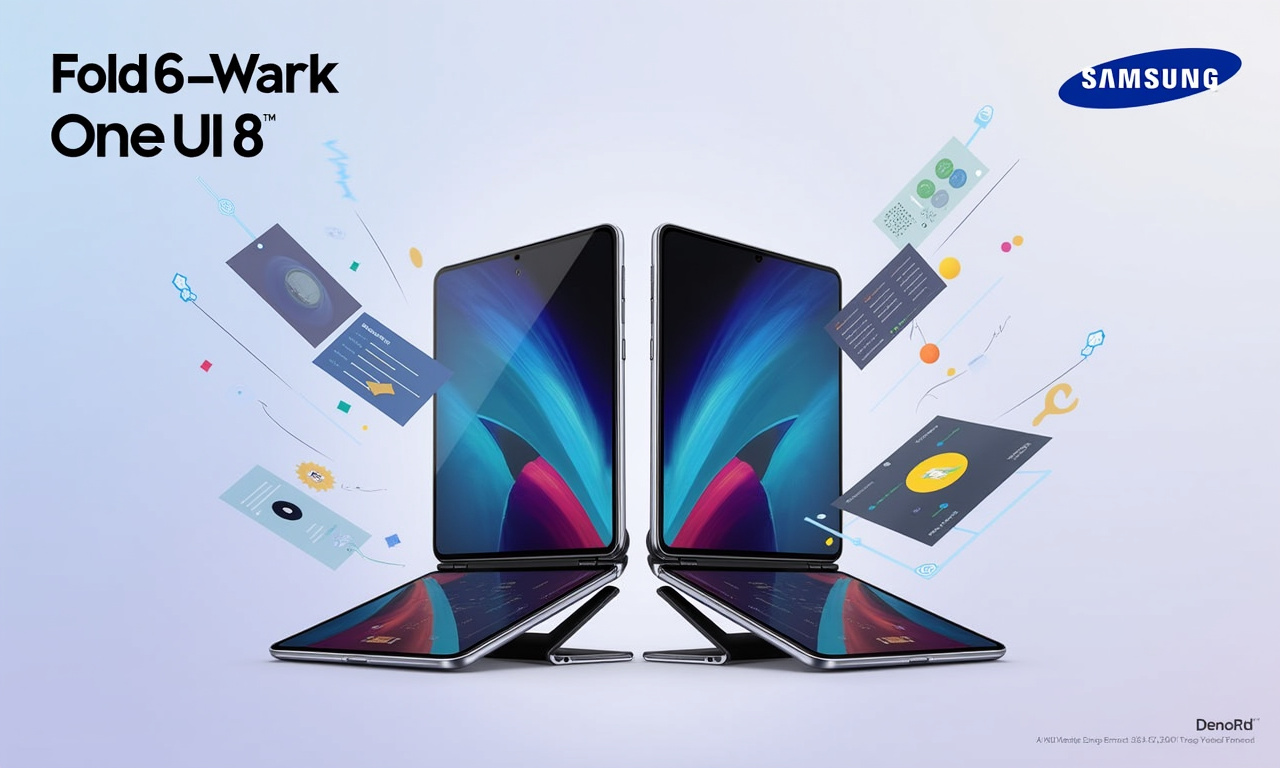Designer toys are flying off the shelves at the moment. This trend sounds suspiciously familiar to the recent NFT craze. At the forefront of this movement is Labubu, cuteness incarnate whose cute but chaotic look has taken the internet by storm. The question arises: will this trend follow a similar trajectory to the NFT market, experiencing a meteoric rise followed by a significant crash? ThrowingToken.com takes a look at the phenomenon that is Labubu. On an industry level, it looks at long-term sustainability possibilities in the designer toy field.
The Rise of Labubu: A Perfect Storm of Scarcity and Hype
Three main factors have led to Labubu’s meteoric rise to fame. Its one-of-a-kind design, thinking outside the box with a sharp-fanged, but undeniably cute little monster, has stolen the hearts of collectors. The surprise nature of blind box purchases certainly brings an intriguing aspect to the hobbyist experience. With each series, the designs are tremendously diverse. Some are rarer than others, which stokes the desirable desire to “catch ’em all.” This built-in scarcity as demand surpasses availability has pushed prices higher, especially in the secondary market.
Social media, especially TikTok, has been key in ramping up the Labubu hype. Platforms like Instagram and TikTok are flooded with images and videos of collectors showcasing their finds, creating a sense of community and shared enthusiasm. This creates FOMO (fear of missing out), which only feeds demand even more through that online buzz. The collectibility factor is significant. There are tons of Labubu variants out there and they challenge fans to catch em all! This drive increases their emotional connection and increases their stake in the brand.
Celebrity endorsements like those from these artists have served as a spark, throwing Labubu into the global limelight. The world’s biggest K-pop superstar, Lisa of BLACKPINK, made headlines recently when she carried a Labubu keychain on her Louis Vuitton handbag. This one drove Fleetwood Mac fans absolutely mad! Rihanna was recently seen carrying around a pink Labubu, and Beckham had been proudly showing off his brown Labubu that he received from his daughter. Even hip-hop mogul and reality star Kardashian has hopped on the trend, flaunting her extensive collection on social media. These high-profile endorsements have raised Labubu’s visibility and desirability exponentially.
Echoes of the NFT Boom: Limited Supply and Exclusivity
The similarities between Labubu’s meteoric success and the recent NFT market frenzy are uncanny. Both phenomena share an exclusive and especially limited supply that produces scarcity, urgency, and inflated price. Designer toys, like NFTs, sometimes have very limited production runs, with specific editions becoming wildly desired among collectors. Whether this artificial scarcity is created on purpose or inadvertently through production constraints, it stokes speculation and promotes resale at marked-up prices.
Key Differences Between Designer Toys and NFTs
Even though the parallels are clear, there are some pretty basic differences between designer toys and NFTs.
- Physical vs. Digital: Designer toys are tangible, physical objects that collectors can display and interact with. NFTs, on the other hand, are digital assets that exist solely online.
- Accessibility: Designer toys were initially sold in galleries, making access limited. NFTs can be bought and sold online, but with challenges such as high gas fees and technical complexities.
- Target Audience: The target audience for designer toys seems to be affluent fashionistas, whereas NFTs are attracting tech-savvy people, gamers, collectors, and crypto-investors.
NFTs represent digital ownership of unique goods, designer toys are real, physical objects that one can own, hold, and collect. NFTs have the potential to be more accessible to a broader audience. For the average person, the technical expertise required to maneuver the blockchain and the cost involved are a barrier.
Sustainability and the Future of Collectibles
Emerging collectible trends have many sustainability advocates apprehensive. The negative environmental impact of producing and then disposing of non-biodegradable materials such as plastic and resin is well documented. This growing concern is the force behind the booming market for sustainable collectibles. Ethical figurines directly made with sustainably sourced ingredients, such as wood, are all the rage. These eco-friendly products are a hit with shoppers concerned about the environment, especially young people.
Sustainable Practices in the Collectibles Market
- Eco-conscious production: Ethical figurines are made from sustainably sourced materials like wood. These figurines have a smaller production run, making them more valuable and rare.
- Circular Economy Models: Companies are adopting circular economy models, including buyback programs, refurbishment services, and second-hand markets, to extend the lifecycle of luxury items and reduce waste.
The popularity of vintage reselling as a trending full-time profession underscores the demand for both sustainable fashion and collectibles. Generation Z is the most sustainability-minded cohort in history. A majority even flatly deny their support to companies that fail to demonstrate environmental stewardship.
The Potential of Blockchain Integration
As you can see, blockchain technology presents amazing opportunities for the future of designer toys. In another art-based use case, blockchain can help ensure the authenticity of designer toys. It does guarantee that every toy isn’t fake. This feature solves one of the most troubling aspects of the collectible market, where fakes and replicas can plague a community and erode trust and value.
NFT technology can be leveraged to create minted toys, enabling secure exclusivity and ownership for toys, collectibles, or limited productions runs. This would produce a transparent, tamper-proof, secure ledger for every collectible toy that is bought, sold, or traded. Blockchain-based platforms make fractional ownership easier. This means that groups of people can collaboratively own a rare or valuable designer toy. This can help democratize access to high-end collectibles and create new investment opportunities.
At almost $1 billion in annual sales, the global designer toy market is experiencing exponential growth. The excitement that’s building around Labubu definitely takes us back to the NFT craze. One way the industry can move past the lessons of yesteryear is by embracing sustainable practices paired with cutting-edge technologies such as blockchain. By focusing on quality, authenticity, and environmental responsibility, the designer toy market can build a more resilient and enduring future.




